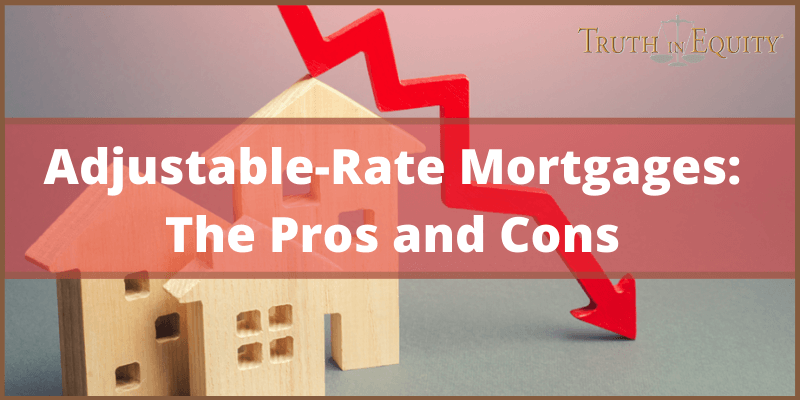An Adjustable-Rate Mortgage (ARM) is a mortgage loan that has an adjustable interest rate. These amendments are made to the interest rates on an installment basis and can be made either monthly or annually. It is a home lean that begins with a low and fixed interest rate for the next ten years and follows a periodic rate adjustment. The ARM is, however, different from other fixed-rate mortgages, which have the same interest rate for the entire life until the debt is paid off.
But how Adjustable Rate Mortgage works, and what are its benefits and pitfalls. The article has all the answers to your queries; let’s dig in and discover everything about ARMs.
How Adjustable-Rate Mortgage Works?
When you acquire an adjustable-rate mortgage, your payments can either increase or decrease with the change of interest rates. These modifications occur based on some terms and conditions of the loan and some benchmark interest rates which your creditor has selected. In some circumstances, if you choose an ARM with a fixed mortgage rate, it could be a worthwhile financial decision that substantially saves thousands of dollars. Yet, before obtaining this mortgage type, you must talk to the lender whom you’re going to take a loan from about the ARM policies, benefits, and risks.
Some people consider ARM as a better option for homeowners who have the loan for a few years only, so it is a great financial step to take ahead. In addition to this, ARM allows consumers to complete their debt installments in the future, which is a very beneficial point about this mortgage type.
Pros and Cons of Adjustable-Rate Mortgages
Many people choose the Adjustable-rate mortgage option because this loan type offers various benefits to them. However, with these advantages, you should not ignore its drawbacks as well. However, by keeping the pros and cons of ARMs in mind simultaneously, you must consider this option.
✦ Benefits of Adjustable-Rate Mortgage
The fundamental reason to consider ARMs is that you may want to finish your debt payment with lower interest rates. Generally, the bank gives you a reward of lower interest rates in the first few years only, but it starts rising with time. However, with ARMs, the lender would give you the loan at a below-market rate with a fixed low mortgage rate, so if these rates fall, you can simply refinance to get a better rate.
Some further advantages are discussed below that you should consider.
| If you want to bring changes in your life regarding loans and payments, an ARM should be an effective option to opt for. For instance, if you plan to sell your home and move to some other place, you can use the ARM fixed-rate period and sell your home before the adjustment stage begins and the fixed-rate period ends. |
| With an ARM, there is a probability that your monthly payments also drop if the interest rates drop and cut down the index against the standard level of your ARM. |
| ARMs may have numerous types of restraints, which restrict the growth of your debt rate and your payment amount. These comprise limitations on how much interest rate changes every time when it is adjusted and what is the total mortgage rate change over the debt’s period. |
✦ Downsides of Adjustable-Rate Mortgage
Although you are benefited from a lower interest rate mortgage, there are still some risks with an adjustable-rate mortgage. It happens that this lower interest rate may increase with time. In that case, your monthly payment increases automatically, and your affordable installments will turn into an enormous burden while having an adjustable-rate mortgage.
Additionally, below are some further pitfalls.
| ARM wants debtors to make a plan when the interest rates begin to change, and monthly payments start increasing. In this case, you are unable to make payments once the fixed-rate stage has ended, you can lose your home. |
| ARMs contain some complicated principles such as their fee and framework. These complications can bring several risks for borrowers who do not understand ARM completely. |
| Some ARMs come with a payment penalty which is a fee that can be charged if you refinance your loan or sell your home. If you decide to refinance your house within the first five years of the debt, you should choose your lender to prevent a penalty. |
Bottom Line
With an adjustable-rate mortgage, you must know everything about this debt type, and you should be aware of what you are getting into. Before acquiring an ARM loan, talk to your mortgage lender to know about its rules, principles, and consequences. Many borrowers get fascinated by its benefits only, but you should also consider its downfalls. Then make a plan about what you would do if you get in such scenarios. This is an excellent option to get profited, but things may not go with your plan.

